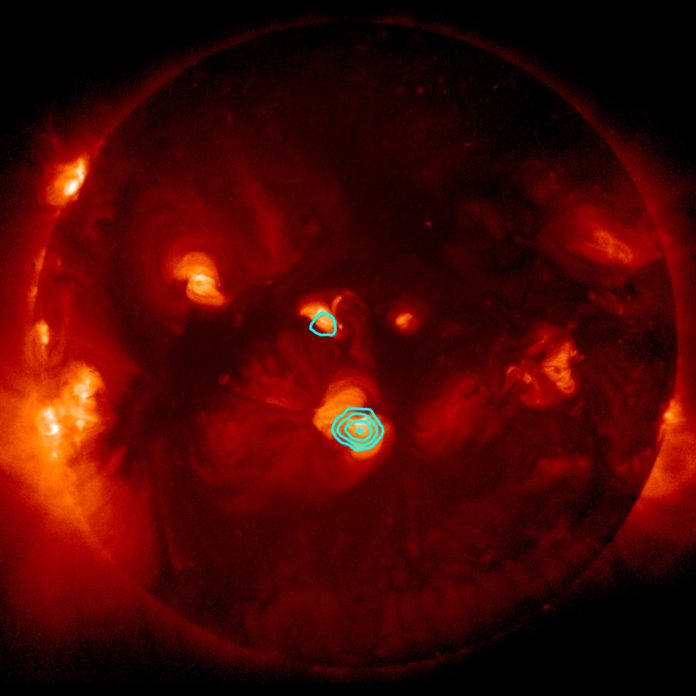Sun, the hot ball of glowing gases at the heart of our solar system. Most of the gas — 91 percent — is hydrogen. The sun appears calm and inert from long, but the sun is not silent. There are countless miniature explosions called nanoflares.
These nanoflares are born with at the point when magnetic field lines in the Sun’s atmosphere tangle up and extend until the point that they break like an elastic band. The vitality they discharge quickens particles to near light speed and as indicated by a few researchers, warms the solar atmosphere to its searing million-degree Fahrenheit temperature.
Finding the traces of nanoflares requires X-ray vision, and scientists have been hard at work developing the best tools for the job. The latest advance in this project is represented by NASA’s Focusing Optics X-ray Solar Imager or FOXSI mission, soon to take its third flight from the White Sands Missile Range in White Sands, New Mexico, no earlier than Sept. 7.
FOXSI is a sounding rocket mission. Gotten from the nautical term “to sound,” which means to gauge, sounding rockets make brief 15-minute excursions over Earth’s air for a look at space before falling back to the ground.
Smaller, less expensive and quicker to create than substantial scale satellite missions, sounding rockets offer a route for researchers to test their most recent ideas and instruments — and accomplish fast outcomes. FOXSI will travel 190 miles up, above the shield of Earth’s atmosphere, to stare directly at the Sun and search for nanoflares using its X-ray vision.
Lindsay Glesener, space physicist at the University of Minnesota in Minneapolis and principal investigator for the mission said, “FOXSI is the first instrument built specially to image high-energy X-rays from the Sun by directly focusing them. Other instruments have done this for other astronomical objects, but FOXSI is so far the only instrument to optimize especially for the Sun.”
Säm Krucker, a space physicist at the University of California, Berkeley, and principal investigator for FOXSI’s two previous flights said, “In the past, we generally used cleverly selected masks to block out some part of the incoming X-rays. This does not result in very high-quality images, but it nevertheless gave us crucial information on the most energetic part of solar flares.”
To focus the X-rays, the FOXSI team used extremely hard, smooth surfaces tilted to a small angle (less than half a degree) that would gently corral incoming X-ray light to a point of focus.
This will be the FOXSI’s third flight, the first was in 2012 and second in 2014. The third mission follows up on this discovery, but this time it includes a new telescope designed for imaging lower-energy, so-called soft X-rays as well.
Glesener, allowing the team to spot nanoflare signatures that would be missed with the hard X-ray telescopes alone said, “Including the soft X-ray telescope gives us more precise temperatures, allowing the team to spot nanoflare signatures that would be missed with the hard X-ray telescopes alone. In addition, several other performance improvements have been made to produce more accurate, higher-resolution images.”
FOXSI is a collaboration between NASA and the Japan Aerospace Exploration Agency, and has co-investigators from the University of Minnesota; University of California at Berkeley; NASA’s Goddard and Marshall space flight centers in Greenbelt, Maryland, and Huntsville, Alabama, respectively; the University of Tokyo; Nagoya University; the National Astronomical Observatory of Japan; and Tokyo University of Science. FOXSI is supported through NASA’s Sounding Rocket Program at the agency’s Wallops Flight Facility in Virginia. NASA’s Heliophysics Division manages the sounding rocket program.
